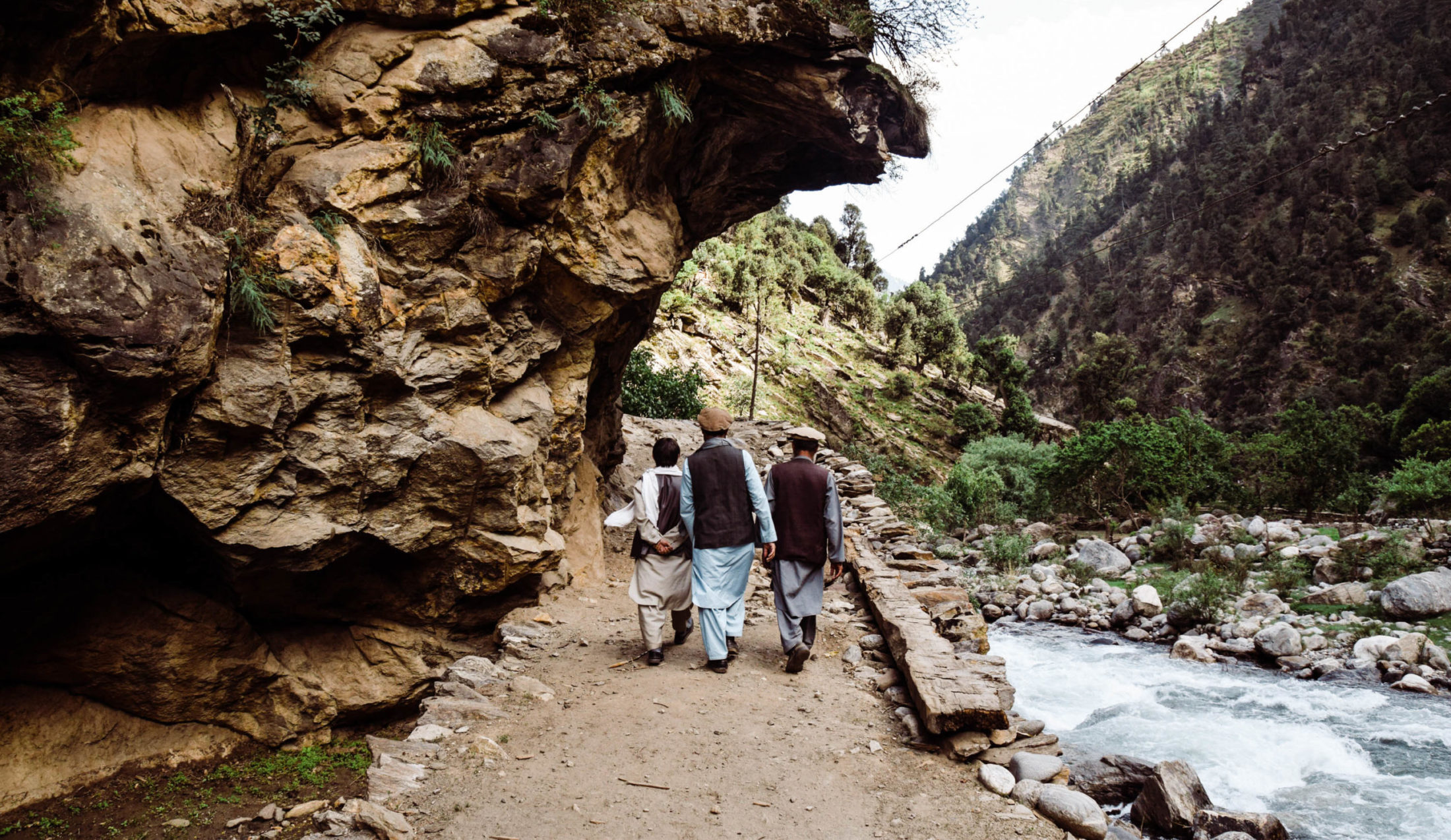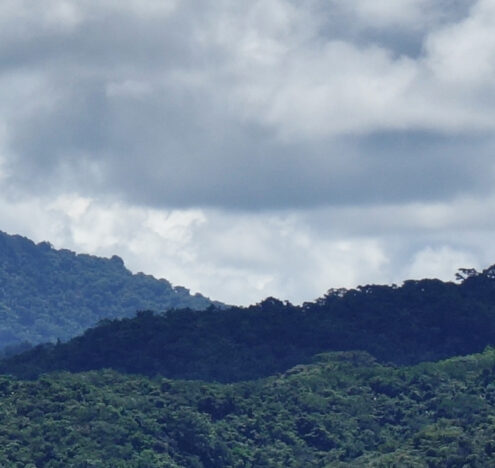When the Taliban toppled the now-defunct Afghan Republic in a lightning offensive in August 2021, many supporters of the crumbled government feared the worst. In particular, members of the disintegrated Afghan National Security Forces expected that the Taliban would exert bloody revenge now that they had power. After all, the then-defeated Afghan soldiers had, for years and some for well over a decade, fought and killed members of the Taliban. However, the Taliban repeatedly assured not only former government forces who had surrendered, but anyone who had fought or challenged the Taliban or had simply not been on their side that no one would face any reprisals.
Although there is no doubt that a considerable number of former soldiers have been killed in the past months, there is no indication that this amounts to a centrally orchestrated large-scale revenge operation by the Taliban.
In the months following the Taliban takeover, the new regents’ amnesty has been a controversial topic. Various people, such as journalists, activists, and former government officials, clamored on social media that the general Taliban amnesty was a lie and that the Islamists would systematically kill their enemies who had served in the former Afghan government. The Taliban denied this, usually solely regurgitating that they had announced a general amnesty and that the latter is strictly followed. However, independent investigations by the New York Times and Human Rights Watch later documented almost 500 alleged revenge killings of former Afghan security forces. The Taliban has rejected these findings.
Although there is no doubt that a considerable number of former soldiers have been killed in the past months — and this is a very serious issue — there is no indication that this amounts to a centrally orchestrated large-scale revenge operation by the Taliban. Indeed, while in some places like Kandahar, revenge killings are a critical issue, in several other places, the Taliban amnesty is holding up surprisingly well.
NO DANGER IN KAMDESH
“After I had been unable to go to my village for years, I have [after the Taliban takeover] returned and face no danger,” Asluddin, a clean-shaven man in his 30s who lives in the Bazgal valley in the remote district of Kamdesh in the eastern Afghan province of Nuristan said in mid-May 2022. He is one of a few hundred former soldiers and officers who had served in the erstwhile Republic and have returned to their homes in Kamdesh, which has, for years, practically been under complete Taliban control.
That Asluddin really does not have security concerns and that his past is indeed no major problem was confirmed when he, quite proudly, showed a photo of himself in full combat gear of a Commando of the former Afghan Republic on his smartphone — while a bearded armed Talib was standing right next to him.

Former members of the now defunct security forces of the toppled Afghan Republic in Pitigal, a side valley of the remote district of Kamdesh in the eastern Afghan province of Nuristan. While they say they feel safe, they lament that they have no opportunity to make a living and were forced to return to their remote ancestral homes. (Franz J. Marty, 18th of May 2022)
All other former government forces I met during my week-long visit to Kamdesh echoed the same. In Saret, a side valley that can only be reached over a precariously built road snaking up a steep cliff, Zabihullah, another former soldier, also had no concerns for his safety amongst the Taliban. “This guy here is a Mujahid [a holy warrior, i.e., a Talib],” Zabihullah said, grabbing another man around his shoulder. “Until a few months ago, we would have killed each other. But now everything is fine,” he added with a grin. Both men were armed — Zabihullah with a private Kalashnikov that he said he took along our hike in case we should encounter wild animals — but neither worried about the other.
Zabihullah ignored the question of why, if everything was so easy, they had fought each other for so long before last August. I was not completely surprised by the scene though because I had already seen similar things in Kamdesh during my first visit in early August 2021, after the Taliban had taken over the last government-held village in the area, and before they marched into Kabul.

Two men who, until the Taliban takeover in August 2021, served in the now overthrown Afghan Republic at a river high up in the Saret valley, Kamdesh District, Nuristan Province, Afghanistan. They do not fear retribution but say that they face ruin. (Franz J. Marty, 16th of May 2022)
Less expected was the fact that Asluddin and another man who, until last August, was serving in the former Republic’s intelligence service, the National Directorate of Security, are now members of local councils that, with the acquiescence of the Taliban, self-govern their respective side valleys in Kamdesh. That the Taliban accept former government officials in such locally important positions is another sign that the amnesty in Kamdesh is indeed respected and not an empty slogan. This is all the more the case, as the Taliban particularly hated the now defunct National Directorate of Security and its members due to their heavy-handed methods, including the alleged use of death squads.
It is difficult to answer why the amnesty is holding up in some places like Kamdesh, but not in others. One possible explanation is that the community in Kamdesh is, due to several reasons, tight-knit and that the Republic–Taliban divide did not follow tribal fault lines. The latter stands in contrast to places like Kandahar, where the New York Times identified 114 missing people, most of whom are suspected of having become victims of revenge killings.
INVOLUNTARY RETURN
But not everything is well in Kamdesh.
“There is some bad blood in general and some private animosity [between former government forces and Taliban],” one former security forces member in Kamdesh said, requesting anonymity. And two others were heavily criticizing the Taliban, lamenting that they are not at all able to govern. Such differences have so far not erupted in violence and the mentioned men acknowledged that this is, at least for the foreseeable future, unlikely to change.
Be that as it may, while government forces were happy to again be able to go to their native homes and neighboring villages — which they could not dare to do during the war between the Taliban and the Afghan Republic — their permanent return after the Taliban’s takeover was anything but voluntary. “I was forced to move back,” one man in his 30s told me. “I had a good life in Kabul, where I served the Republic, but after the fall of the government, I lost my job and my salary,” he continued. “I could not find other work and could not anymore afford the rent in the city,” he added, “so I had to come back to my village, where my family owns the land and has a house in which I can live without having to pay rent.”
Many others gave very similar accounts. Before the Taliban takeover, people working with the previous government were forced to leave their homes in Kamdesh as the Taliban would have arrested or killed them. Accordingly, they built themselves new lives in areas controlled by the former Republic, often Kabul or Jalalabad, the main urban center in eastern Afghanistan. But these are lives they can’t afford anymore.

Tilling the scarcely available arable land in Kamdesh District, Nuristan, Afghanistan, is hard work and often not sufficient to feed extended families (Franz J. Marty, 16th of May 2022)
While returning to one’s ancestral home to live rent-free might sound like a good solution at first, the situation is more complex than that. “My house and the houses of other returnees are overcrowded,” Zabihullah explained, elaborating that his and other houses were not empty but that other family members have been and are still living there. And that their and their relatives’ families have grown in the years of their absence.
The scarce available arable land in the narrow valleys of Kamdesh is often hardly enough to feed a single family, not to mention several. Indeed, sending one or several adult sons to serve in the army or police of the Republic, who could also send parts of their salaries back home, was often the only reasonable solution for families in Kamdesh. Even before the Taliban takeover and the following economic meltdown, Kamdesh, as a remote backwater, did not offer sufficient job opportunities.

The main village in Saret, a side valley in Kamdesh District, Nuristan Province, Afghanistan. After the Taliban takeover in August 2021, about 100 former soldiers of the toppled Afghan Republic returned to their ancestral homes in this valley. (Franz J. Marty, 17th of May 2022)
As the Taliban have — although sometimes with caveats — invited former government employees, including security forces, to continue or return to their jobs, serving in the new Taliban army and police would appear to be a solution. “The Taliban made such invitations, but they have so far not given us any positions,” one young former Commando now living in a hamlet several hours walk up a side valley in Kamdesh said. “This offer only applies to people with special skills, like pilots, not to general soldiers like me,” another man in Kamdesh claimed, which was indeed implied by the Taliban at some point. Others even stated that such offers are only Taliban propaganda and not sincere.
Even if the Taliban would offer positions in their security forces to former soldiers of the Republic in Kamdesh, many might decline. While the men I spoke to in Kamdesh remained cagey about this, some are still staunchly opposed to the Taliban and do not want to have anything to do with them. One man also indicated a more practical reason, suggesting he does not want to be on the wrong side of history again. “A government is established one day and might fall the next,” he said conspiratorially, hinting that joining the Taliban might be a short-lived solution.

A group of men in Pitigal, the main village of the side valley in Kamdesh District, Nuristan Province, Afghanistan, with the same name. Some are former members of the security forces of the toppled Afghan Republic who say they now face ruin. (Franz J. Marty, 18th of May 2022)
FACED WITH RUIN
Sorrows of former government employees who have returned to Kamdesh are not only about jobs and salaries though. “In Kabul, I was able to offer my children a good education and a good life, including decent healthcare if they get sick,” stated the above-cited man in his 30s who returned with his young family to a remote side valley in Kamdesh that he had not seen in over a decade. “Here, there are no proper schools, and the closest, small, and ill-staffed clinic is several hours’ drive over poor roads,” he added, cradling his little son in his arm, who was sick and feverishly staring into the void.
Such problems affect everybody in Kamdesh, including locals who never wanted or never had the chance to move out of their villages, as well as the Taliban who hail from and reside there. However, the fact that employees of the former Republic had become accustomed to and often solely relied on their government salaries that have now evaporated means that they were hit faster by the crisis. And with the Afghan economy still tumbling, they have little, if any, options to change their current fate.
Or to say it in the words of the father whose little son, fortunately, recovered: “What are we supposed to do here?”
Franz J. Marty has been living and working in Afghanistan as a freelance journalist since December 2014 and is also a fellow of the Swiss Institute for Global Affairs. While he writes on a broad range of topics, he focuses on security issues.





















